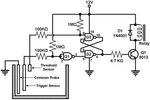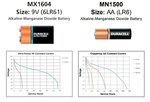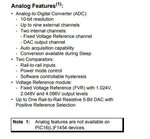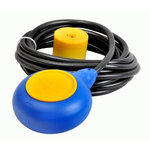kavin_eees
Member level 3

Dear all
Right now am involved in a project called wireless water level controlling / monitoring system..
previously i designed wired water level controller its works good...
but now planned to design wireless using low power RF
one transceiver in tank and one in the motor side. The transceiver in the tank side is to be operated by a two duracell battery...
now am in need help in designing low power water level sensing circuit using battery..
thanks in advance!!!
Right now am involved in a project called wireless water level controlling / monitoring system..
previously i designed wired water level controller its works good...
but now planned to design wireless using low power RF
one transceiver in tank and one in the motor side. The transceiver in the tank side is to be operated by a two duracell battery...
now am in need help in designing low power water level sensing circuit using battery..
thanks in advance!!!











